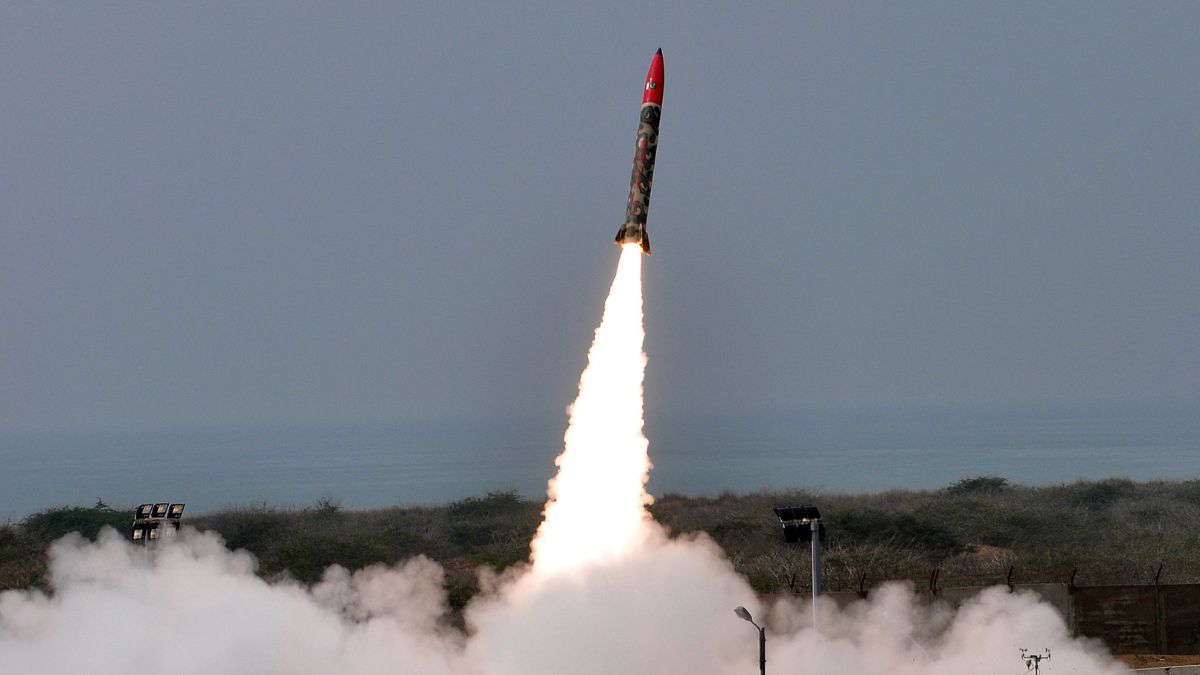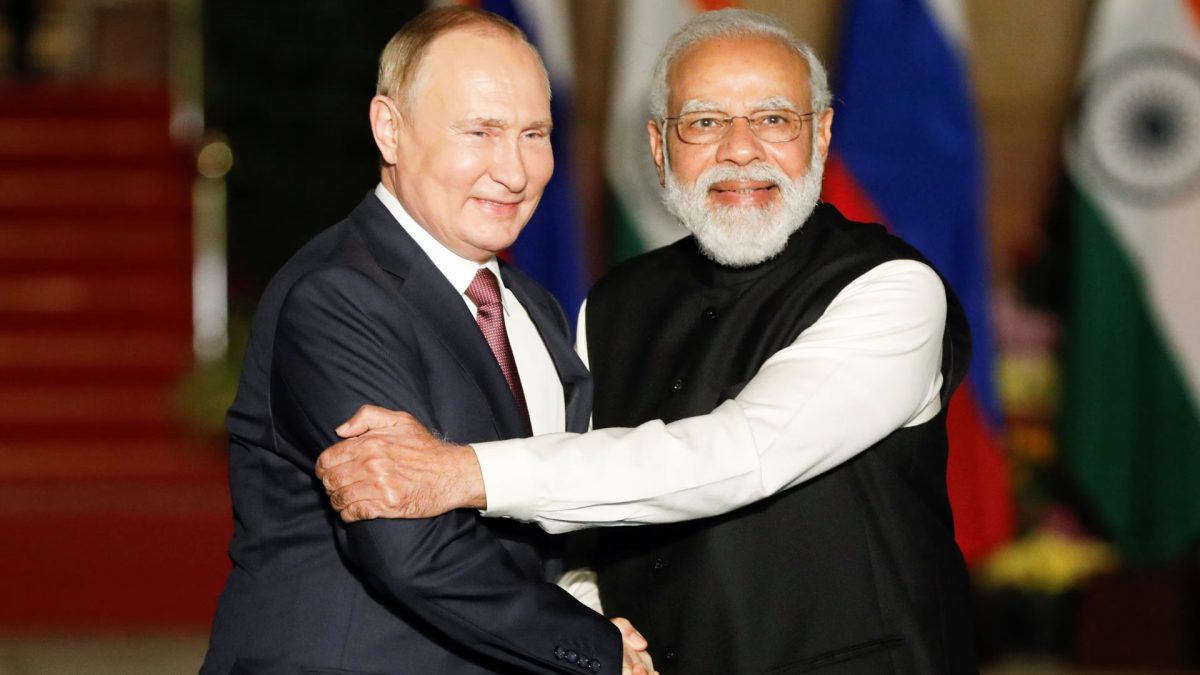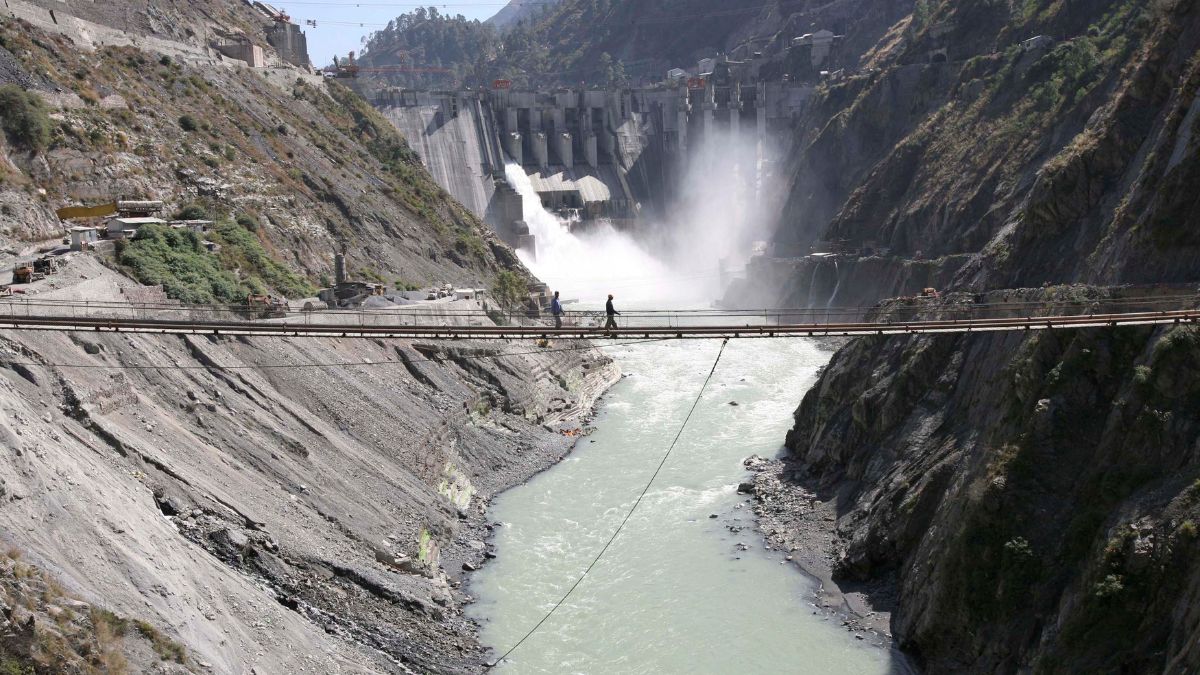Pakistan has test-fired two surface-to-surface missiles since last week amid an uptick in tensions with India in the wake of the Pahalgam terror attack in Jammu and Kashmir. After the Abdali Weapon System, Islamabad said Monday (May 5) that it conducted a “training launch” of the Fatah Series missile.
The launch of the missiles is being seen as Pakistan’s provocation against India. Tensions have spiked between the two rival neighbours since the April 22 terror attack in Pahalgam. Both nations have announced tit-for-tat measures, including suspending visas for each other’s nationals.
As tensions escalate, how powerful are these weapons test-fired by Pakistan? We will explain.
Pakistan test launches Fatah missile
Pakistan on Monday carried out the training launch of Fatah Series surface-to-surface missile with a range of 120 kilometres, Dawn reported, citing the Inter-Services Public Relations (ISPR), the Pakistan military’s media wing.
“The launch was aimed at ensuring the operational readiness of troops and validating key technical parameters, including the missile’s advanced navigation system and enhanced accuracy,” the statement read.
It said the launch came as part of Pakistan’s ongoing military exercise, Indus.
Chairman Joint Chiefs of Staff Committee General Sahir Shamshad Mirza and Chief of Army Staff General Asim Munir congratulated the troops, scientists, and engineers involved in the launch.
“They expressed complete confidence in the operational preparedness and technical proficiency of [the] Pakistan Army to thwart any aggression against the territorial integrity of Pakistan,” the ISPR’s statement added.
Pakistan has previously claimed that India is planning a military incursion. Its military has warned of a “sure and decisive” response to any such escalation.
About Fatah missiles
Last year, Pakistan reportedly tested the Fatah-II rocket system, a guided small-range ballistic missile. It is an advanced variant of the Fatah-I, which has a range of 150 km.
Fatah-II, with a range of 400 km, can hit a target with greater accuracy and precision, as per The Diplomat article. Its circular error probe (CEP) is less than 10 meters. The missile’s range enables it to strike mobile targets like S-400 air defence systems.
Reports say Islamabad developed Fatah-II to “challenge” the Russian-made S-400 “Triumf” air defence system owned by India. Pakistan’s missile boasts cutting-edge flight control technology and an advanced pathfinding method.
The rocket is “equipped with state-of-the-art avionics, sophisticated navigation system, and unique flight trajectory,” as per an official press release by Pakistan.
Its low production and operational costs give it an edge over short-range ballistic missiles (SRBMs) with similar ranges that Pakistan possesses.
Usman Haider, pursuing an MPhil in Strategic Studies from the National Defense University, Islamabad, wrote for The Diplomat last year that Fatah-II demonstrates the “presence of land interdiction tactics in the Pakistan Army’s conventional warfighting strategy to delay, disrupt, and destroy Indian IBGs [Integrated Battle Groups] advancing towards Pakistan’s border.
With a length of 7.5 m, the rocket can carry a 365 kg warhead. It is also a “navigation system, unique trajectory, and manoeuvrable features, which make the launcher capable of engaging targets with high precision and defeating any missile defence system”, ISPR said earlier, as per Jane’s Defence Weekly.
ALSO READ: Why India can’t expect ‘cooperation’ from Pakistan on Pahalgam terror attack
How deadly is the Abdali Weapon System?
Pakistan’s Abdali Weapon System is a surface-to-surface missile with a range of 450 kilometres. It was test-fired on Saturday (May 3).
“The launch was aimed at ensuring the operational readiness of troops and validating key technical parameters, including the missile’s advanced navigation system and enhanced manoeuverability features,” the ISPR said in a press release, as per Dawn.
Analysts in Pakistan told AFP that the missile launch was a warning to India. “It clearly indicates that we have the resources to counter India. This is not a message only for India but the rest of the world that we are well-prepared,” said Hasan Askari Rizvi, a military analyst.
Speaking to Indian Express, an official in New Delhi called the testing of the ballistic missile a “reckless act of provocation and a dangerous escalation by Pakistan in its hostile campaign against India.”
Ballistic missiles usually have three stages of flight. According to the American non-profit The Center for Arms Control and Non-Proliferation, “Boost Phase begins at launch and lasts until the rocket engine(s) stops firing and the missile begins unpowered flight. Depending on the missile, boost phase can last three to five minutes. Midcourse Phase begins after the rocket(s) stops firing. The missile continues to ascend toward the highest point in its trajectory, and then begins to descend toward Earth.”
The Terminal Phase – the final phase – is when the warhead has detached and hits the target.
Pakistan’s ballistic missile, named after Ahmed Shah Abdali, the Afghan ruler who invaded India on multiple occasions in the 18th century, uses projectile motion to reach its target. The missile can carry conventional and nuclear warheads.
With inputs from agencies


)
)
)
)
)
)
)
)
)